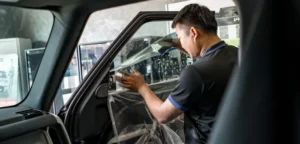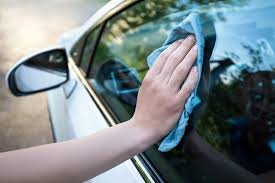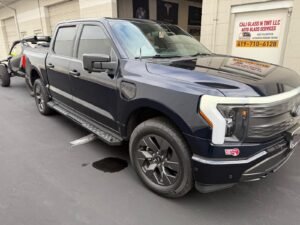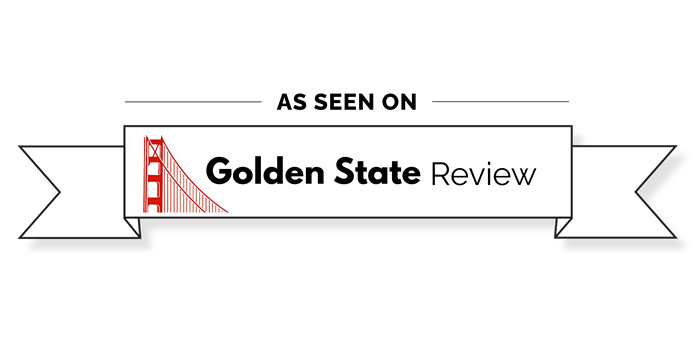A damaged windshield is more than just a minor inconvenience—it can compromise your safety, affect visibility, and even lead to expensive fines if left unaddressed. If you’re searching for windshield repair in El Cajon, it’s essential to understand what types of windshield damage can be repaired, when a replacement is necessary, and whether to choose an OEM (Original Equipment Manufacturer) or aftermarket windshield. Another critical aspect to consider is windshield recalibration, which is increasingly important for modern vehicles equipped with Advanced Driver Assistance Systems (ADAS) such as lane departure warnings, adaptive cruise control, and emergency braking.
Types of Windshield Damage That Can Be Repaired
Not all windshield damage requires a full replacement. Minor chips and cracks can often be repaired, depending on their size, location, and severity. Small chips that are less than an inch in diameter and do not obstruct the driver’s line of sight can usually be repaired using a special resin injection process. This process restores the integrity of the glass and prevents the damage from spreading further. Similarly, cracks that are less than six inches long and are not located near the edges of the windshield may also be repairable. Star breaks, bullseye cracks, and minor impact points that have not compromised the windshield’s structure can typically be repaired without requiring a full replacement.
However, there are situations where a windshield cannot be repaired and must be replaced instead. If a crack is longer than six inches, it is likely to spread and weaken the structural integrity of the windshield, making a replacement the safer option. Additionally, any damage that is directly in the driver’s field of vision, even if small, may require a full replacement because repairs can sometimes leave minor distortions that affect visibility. Cracks that extend to the edges of the windshield are also a major concern, as they compromise the overall strength of the glass. Multiple impact points or widespread damage indicate that the windshield is no longer structurally sound and must be replaced to ensure the safety of both the driver and passengers.
Windshield Repair vs. Replacement: Which Option is Best?
Deciding between windshield repair and replacement depends on several factors, including the extent of the damage, safety considerations, and cost-effectiveness. Repairing a windshield is a quicker and more affordable solution when the damage is minor. A typical repair can be completed in under an hour, restoring the windshield’s integrity and preventing further cracks from forming. This option is also more cost-effective, with windshield repairs typically ranging from $50 to $150, whereas replacements can cost anywhere from $200 to over $1,000, depending on the make and model of the vehicle.
While repair is the preferred choice for small chips and cracks, a full windshield replacement is necessary when the damage affects the driver’s visibility, compromises the structural strength of the glass, or involves advanced technology such as ADAS sensors that require a recalibrated windshield. Modern vehicles rely on cameras and sensors mounted on the windshield for features like lane-keeping assistance and automatic emergency braking. If these sensors are disturbed during a windshield replacement, calibration is required to ensure the vehicle’s safety systems function correctly. Failing to recalibrate the windshield can lead to malfunctioning ADAS features, increasing the risk of accidents.
OEM vs. Aftermarket Windshield Replacement: What’s the Difference?
If your windshield requires replacement, you’ll need to choose between an OEM (Original Equipment Manufacturer) windshield and an aftermarket windshield. OEM windshields are produced by the same manufacturer that made the original glass for your vehicle, ensuring an exact fit and compatibility with built-in features such as rain sensors, defrosters, and ADAS calibration points. These windshields meet the same safety and quality standards as the original and are typically the preferred option for newer cars with advanced technology.
Aftermarket windshields, on the other hand, are made by third-party manufacturers and may not have the same exact specifications as the original glass. While some high-quality aftermarket windshields meet or exceed Department of Transportation (DOT) safety standards, others may be made from thinner glass or lack the necessary calibration points for ADAS features. The primary advantage of an aftermarket windshield is cost savings, as they are generally 30-50% cheaper than OEM windshields. However, for vehicles with ADAS technology, an aftermarket windshield may not function properly with the sensors, leading to potential issues with lane departure warnings or automatic braking systems.
For most drivers, the decision between OEM and aftermarket windshields comes down to budget and vehicle requirements. If your car has ADAS technology, rain-sensing wipers, or built-in heads-up displays, an OEM windshield is strongly recommended to ensure proper functionality. However, if you drive an older vehicle without advanced features, an aftermarket windshield can be a cost-effective and reliable alternative.
Does Windshield Replacement Require Recalibration?
With modern vehicles incorporating ADAS technology, windshield recalibration has become a crucial step in the replacement process. When a windshield with mounted sensors or cameras is replaced, the vehicle’s computer system needs to be recalibrated to ensure the lane departure warnings, collision avoidance systems, and adaptive cruise control function correctly. Failure to recalibrate the windshield can result in inaccurate readings, delayed responses, or complete system failure, increasing the risk of an accident.
There are two types of windshield recalibration: static recalibration and dynamic recalibration. Static recalibration is performed in a controlled environment using specialized equipment that adjusts the camera and sensor alignment without requiring the vehicle to be driven. This method is often necessary for vehicles with highly advanced safety features that rely on precise camera positioning. Dynamic recalibration, on the other hand, involves driving the vehicle at a specified speed over a predetermined distance, allowing the sensors to recalibrate while in motion. Some vehicles require both static and dynamic recalibration, depending on the complexity of their ADAS systems.
If your vehicle requires windshield recalibration, it’s important to choose a repair shop that offers this service as part of the replacement process. Not all auto glass repair shops are equipped with the necessary tools and expertise to perform recalibrations, so be sure to confirm that the shop you select is certified to handle ADAS-equipped vehicles.
Finding the Best Windshield Repair Service in El Cajon
When searching for windshield repair in El Cajon, it’s important to choose a reputable and certified auto glass repair shop that offers high-quality materials, trained technicians, and the latest recalibration technology. Look for a repair shop that provides a warranty on repairs and replacements, as this ensures that the work is backed by a guarantee of quality. Additionally, if you plan to file an insurance claim, selecting a repair shop that assists with insurance processing can make the experience seamless and stress-free.
Certified technicians with experience in OEM and aftermarket windshield installations, ADAS recalibration, and insurance claims assistance will ensure that your windshield is replaced or repaired to the highest safety standards. By choosing a trusted windshield repair expert in El Cajon, you can drive with confidence knowing that your windshield is secure, your visibility is clear, and your vehicle’s safety systems are fully functional.
Conclusion: Why Timely Windshield Repair is Essential
Ignoring a small chip or crack in your windshield can lead to bigger problems down the road, including compromised vehicle safety, visibility issues, and more expensive repairs. Understanding the difference between repair and replacement, choosing the right type of windshield (OEM vs. aftermarket), and ensuring proper recalibration for modern ADAS-equipped vehicles will help you make the best decision for your car.
If your windshield is damaged, don’t wait for the problem to worsen. Seek professional windshield repair in El Cajon from a trusted auto glass repair specialist today. Ensuring a properly repaired or replaced windshield is an investment in your safety, your vehicle’s performance, and your peace of mind.






